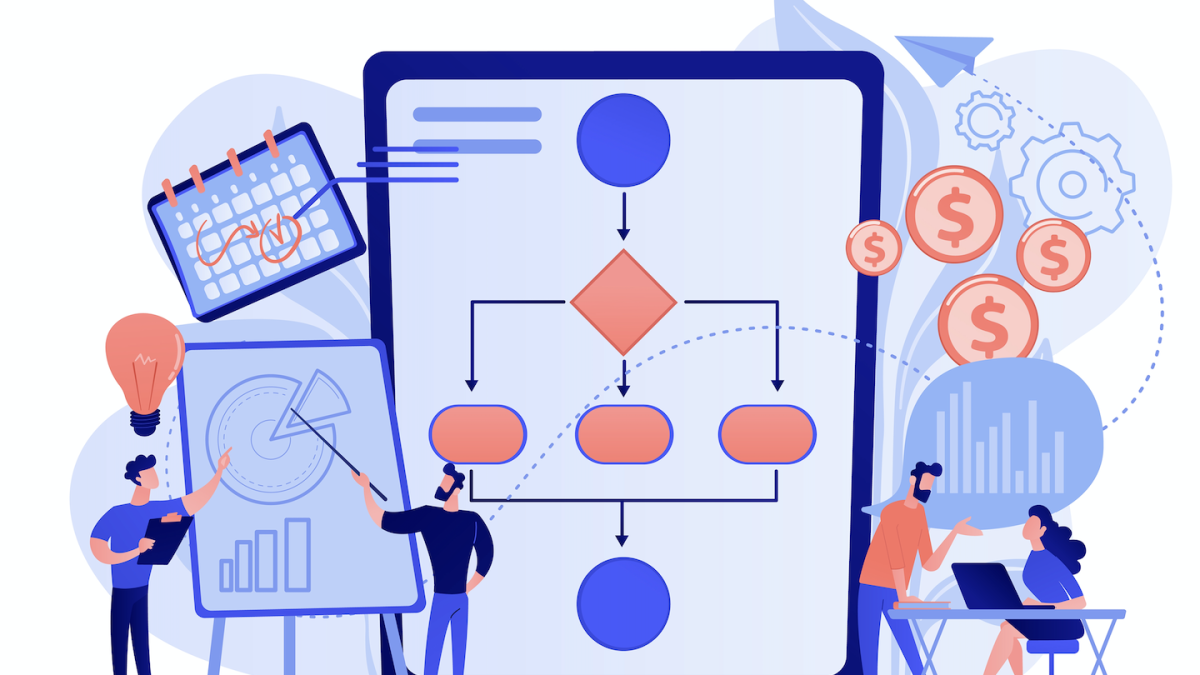Maximizing the ROI of Case Management Software for your Nonprofit

An issue or encounter with a specific party, such as a client, supplier, patient, student, or defendant, is the subject of a “case,” which is a collection of data, procedures, sophisticated analytics, business rules, collaboration, and occasionally social computing. Typically, a case involves the conduct of numerous individuals, both inside and outside of the organization.
Case management solutions are made to handle all of this while also attending to and securing the various pieces of information contained inside. This helps to produce more successful, optimized outcomes. Software for case management combines procedures, facts, and regulations and actively evaluates, coordinates, and plans every facet of a particular case with the aim of achieving time-based objectives.
Software for case management is very important. It places the important information where you need it and at the right time so that you may focus more on the case’s crucial milestones and less on the procedure. Nonprofits may easily access all the information they need by using case management software, which automatically gathers and organizes client interactions into one handy location.
By logging onto their accounts, case managers may access all of their cases at a glance, categorize them by priority, and handle everything from one location. Additionally, they can group cases and assign them to the appropriate division or individual for resolution. This facilitates the case manager’s work and guarantees that each client’s problem is resolved more quickly.
In order to maximize results, case management systems are also made to enhance knowledge-driven work and other general procedures. You may replace other programs, such as CRMs and business document workflow systems, with just one solution that does everything. Plus, users may be confident that all of the data is safely kept and available from a variety of devices because it was transferred from the filing cabinet to a form.
Case Management ROI for Nonprofits
Human services organizations support their local communities by providing aid to victims of crimes, the hungry, and those affected by natural catastrophes, among many other causes that are essential to a just and flourishing society.
Working for a nonprofit requires you to manage a never-ending stream of duties to make sure your customers receive the care they require. You must make the most of every resource you have at your disposal if you want to pull off this superhuman accomplishment. If you can’t, you’ll waste valuable time and pass up chances to truly assist your clients.
However, some organizations continue to favor outdated practices. By doing this, the existing, occasionally painful procedures might continue. The general belief is: Why ‘upset’ your overworked employees if they appear to be satisfied with it? However, you can really lessen stress and attrition in your organization by implementing case management software.
By implementing features like intake forms, rules and alerts, scheduling, and workflows, technology helps your dedicated personnel save time and improves their quality of life. Although many businesses consider Return on Investment (ROI) when making decisions about the purchase of new technology, the industry has yet to fully grasp the strategic benefits of a careful ROI analysis.
A case management solution’s return on investment is obvious. To assess your influence, you must have access to and use the full data, insights, and capabilities it provides. The results of your nonprofit can then be told in engaging detail using those data points. Your staff will be freed up to concentrate on what really matters—serving the clients better and better addressing their individual needs—by moving beyond spreadsheets and adopting a case management software solution.
Benefits of Case Management Solutions Impact ROI
Case management software is one of the most effective tools you have at your disposal but may not be used to its full potential. These platforms can automate manual operations, lower human error, assist in maintaining compliance, and do so much more. However, if you aren’t utilizing all of these capabilities properly, they are all for nothing (or at all).
Any nonprofit that wants to grow and serve more people must make an investment in case management software. Implementation requires both money and time. This resource commitment may seem overwhelming. It might be challenging to determine the ROI of a case management system that makes running your firm more efficient. However, a strong case management solution aids in staff performance just as fast internet and dependable computer hardware do.
Here are the key benefits of a case management solution for your nonprofit:
- Reduced Human Error
Case management software makes sure that all pertinent data is gathered and collaborates with the person handling the case to determine the next actions. The software makes sure that data doesn’t get lost by limiting the number of data transfers. The software makes sure that data doesn’t get lost by limiting the number of data transfers. - Time-Saving
As time is money, the best tools will enable your case managers and staff to do more tasks in a single workday. Tasks that would often take more time to perform are automated and made simpler by nonprofit case management systems. It keeps all case information structured and accessible, pre-populates letters and forms with case and client information, and keeps all of the information pre-populated to improve collaboration and decrease misunderstandings. - Long-Term Savings
Software for case management can prove more cost-effective than it is. Depending on the new employee’s salary, this could be enough to cover the cost of a legal CRM solution. Not to mention the money saved on paper files, sticky notes, and other similar charges now that the data is all housed in your company’s new system. According to nonprofits employing such solutions, the technology is so helpful that they didn’t need to add a new staff when their business expanded. - Remote Access
You have the option to work outside of the office thanks to cloud based case management software. If your job requires you to travel frequently, you’ll appreciate this function. Because of the shift to the cloud by enterprises, server-based technologies are becoming obsolete. All the crucial information you require is constantly accessible, whether you need it for business continuity plans or assistance in managing a workforce that is scattered around the globe. - Flexibility
A good case management program is very adaptable. It is agile, quickly adapts to new processes, and makes adjustments by just adding a few new fields or workflow steps. Additionally, case management software allows you the flexibility to arrange cases according to your criteria rather than the pre-set criteria it has. It can be modified to meet your changing demands.
Measuring the ROI of a Case Management Solution
It can be difficult to select the right case management software for your human services firm. But if you do it correctly, you may have a significant influence on the company. Better case management really frequently has a longer-term, more significant impact on your practice’s revenue than any individual employee or case.
We advise taking into account return on investment (ROI) in addition to cost when evaluating case management software options because, in many cases, you get what you pay for. The finest case management software for nonprofits, or any case management solution for that matter, ought to more than cover its costs.
Here are a few questions that you should ask yourself before selecting a case management software:
- How much time is saved by it?
When it comes to meeting the needs of those who are vulnerable, time is of the utmost importance. The faster you move from one case to the next without losing quality, the greater value your practice may generate. Faster outcomes result in happier customers and more contented employees. - Will it produce better case outcomes?
With the best tools, you can quickly find and prioritize cases, optimize their value through effective case management, and gain insightful management information all along the way. It also offers a method for evaluating the general calibre of leads from a specific channel objectively. - Do you also require any other tools?
Cheaper solutions frequently entail patching together other apps to fill in the gaps; this quickly adds up. The total cost of ownership is often not calculated by businesses. Consider whether you have a single solution or whether you’ll require separate administration, analytics, or other platforms when calculating value. If they are not factored into a comprehensive nonprofit case management platform, these expenses can amount to hundreds of dollars per user every month.
The Bottom Line
Any nonprofit must invest time, energy, and money in case management software. You must therefore make sure you do your homework and choose the best technology for your company. But before you start, consider your organization’s requirements and how the software will be used there. Nonprofit software is crucial for displaying a top-down view of an organization’s influence on the individuals it serves, whether you use it for case management, data collecting, or outcomes reporting.
To ensure that you’ll be getting a return on your investment, make sure the case management system you’re interested in has been created with nonprofits in mind. It can take a long time to train users and solve problems if you select a technology solution that is not designed specifically for NGOs. Systems created with NGOs in mind will be more user-friendly for employees and tailored to your requirements, maximizing the return on your first technology investment.
